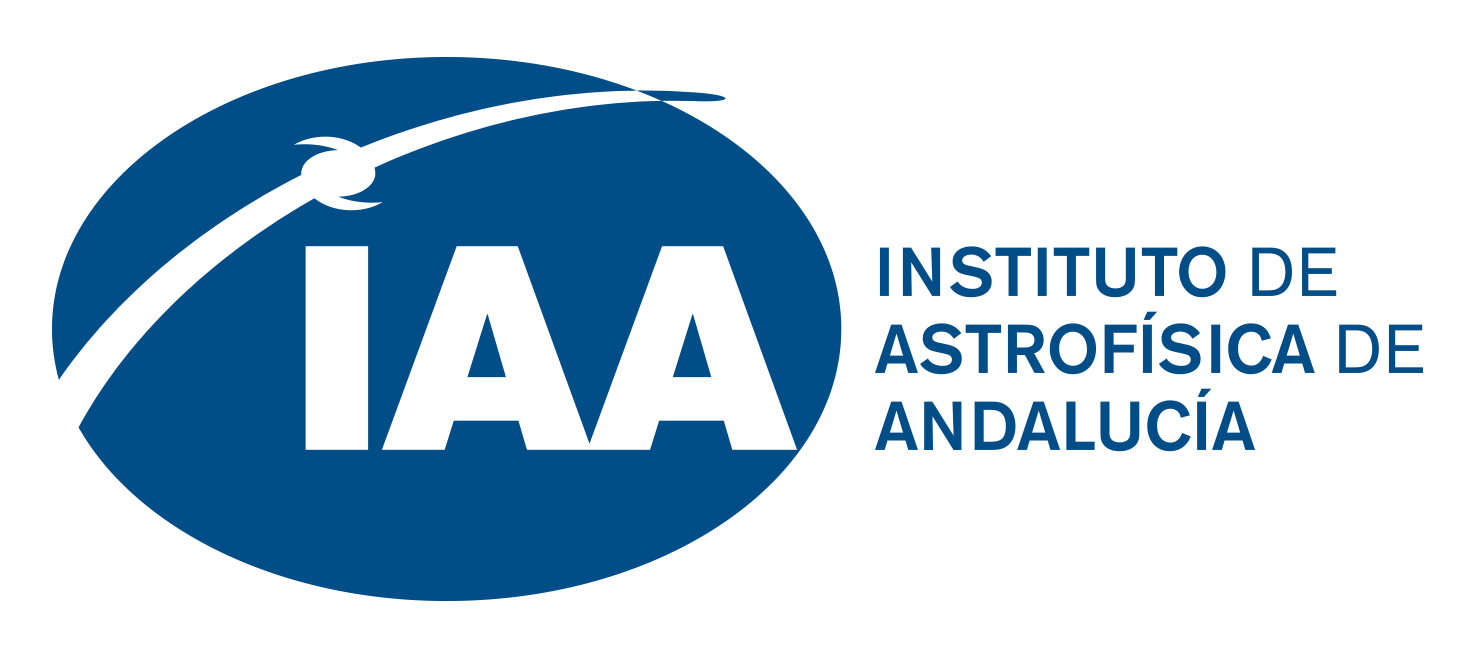Juan Carlos Gómez Martín
Científico Titular
Consejo Superior de Investigaciones Científicas (CSIC)
Instituto de Astrofísica de Andalucia (IAA)


Low temperature measurements using the CRESU and the Laval nozzle pulsed expansion technique have facilitated the measurements of many rate constants at temperatures of astrochemical relevance. A surprising reactivity enhancement has been reported at low temperatures for reactions between the OH radical and VOCs such as acetone, methyl ethyl ketone and dimethyl ether, methanol, ethanol and propanol and methyl formate. The presence of a fast abstraction channel at low temperatures has been rationalized by a quantum mechanical tunneling mechanism, most likely from a long-lived pre-reaction complex through an energy barrier to hydrogen abstraction. This has suggested that long-lived pre-reaction complexes enable fast hydrogen transfer reactions under the low temperature conditions of interstellar molecular clouds. In the particular case of methanol (CH3OH), this mechanism could help explaining the presence of the methoxy radical (CH3O) in interstellar clouds, where both the OH radical and CH3OH have also been detected. It also suggests that this type of reaction could constitute a previously unaccounted sink for the OH radical in such environment. At Leeds, I conducted a challenging study to demonstrate that a conventional flow tube at low temperature would be able to observe the same effect, spanning the range of temperatures that neither Laval set-ups nor flow tubes usually cover. Rate constants for the CH3OH + OH reaction in the previously unexplored temperature range between 82 and 210 K were determined with a flow tube cooled with liquid nitrogen and also with a Laval Nozzle in separate experiments, and were found to be consistent with data in the literature below 82 K and above 210 K. Thus, the combination of two independent techniques produced results that agree with one another, providing confidence in the pulsed Laval nozzle technique, which previously reported large rate constants at temperatures below 90 K for this reaction.
References: